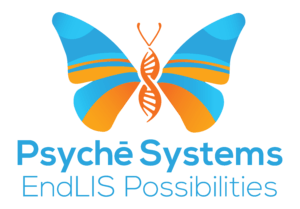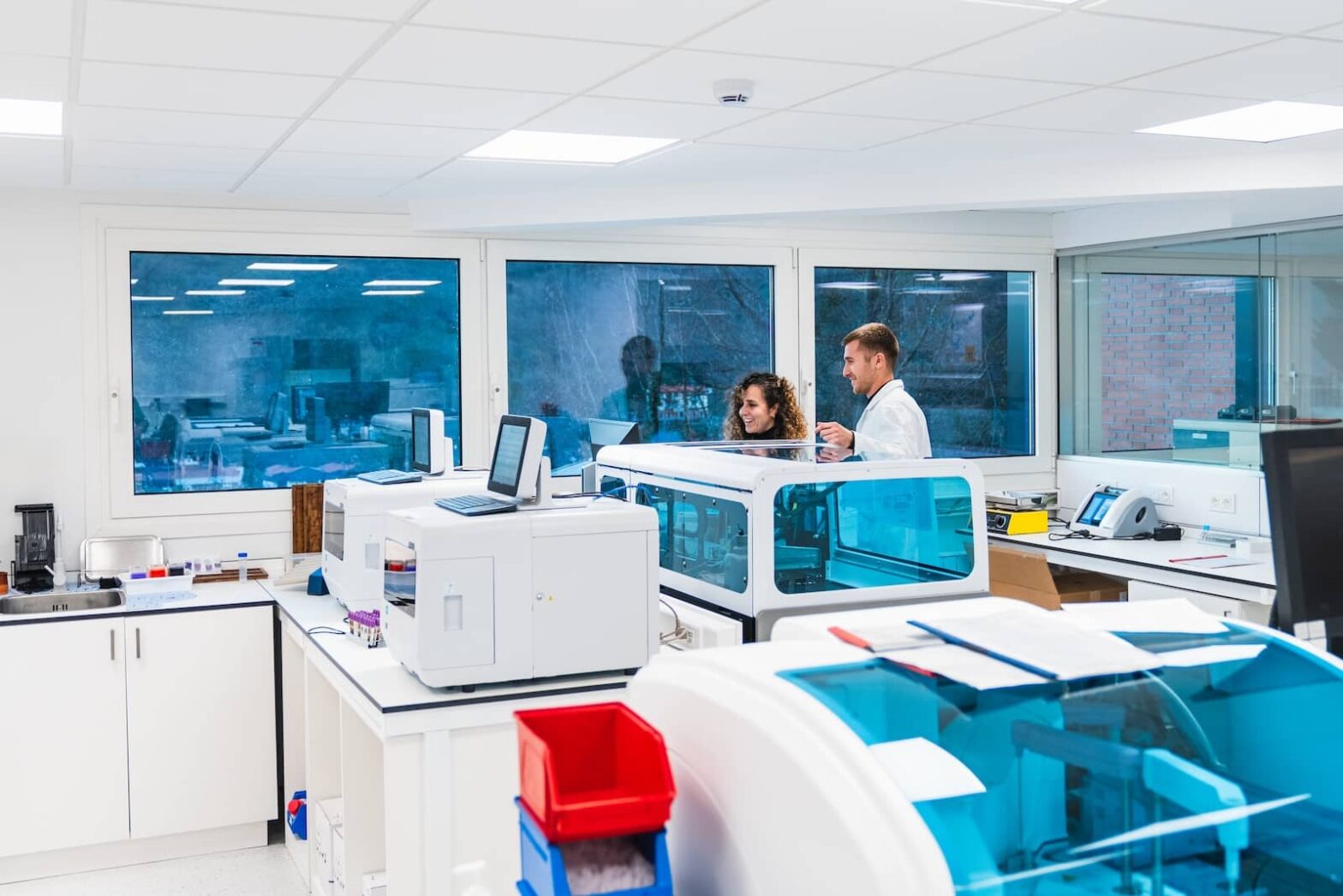Choosing the Right Lab Information System
Choosing the right Lab Information System (LIS) is critical for anatomic pathology labs facing growing specimen volumes and increasing diagnostic complexity. Implementing a modern LIS affects every role, from IT to lab techs. Replacing outdated systems can transform operations, reduce errors, and improve compliance.
Not all LIS solutions are created equal. Selecting a system without essential capabilities can slow down your workflows, introduce errors, and compromise data security.
To stay competitive and compliant, pathology labs must demand an LIS that offers:
- comprehensive data management
- robust reporting
- workflow automation tailored to their needs.
1. Essential Data Management Capabilities
For a lab, the focus is on the tests; for clients, it’s on the resulting data. At its core, a Lab Information System must ensure that every test is correctly linked to its specimen and that each specimen is traceable at all stages.
A robust lab information system will have key data management features such as:
- Unique specimen identifiers for accurate tracking traceability
- Real-time tracking of specimen movement in the lab and its status
- Advanced search by patient demographics, accession numbers, or barcodes
- Centralized dashboards for quick access to results and case status
- Integration with diagnostic instruments to eliminate redundant data entry
These features reduce manual input, minimize errors, and improve turnaround times.
2. Integrated and Secure Software
Seamless Integration
Integrated LIS software streamlines communication between laboratory systems and equipment, helping to:
- Interface with diagnostic instruments to minimize manual data re-entry.
- Consolidate and centralize the results into a single dashboard.
- Provide real-time updates to clients and internal teams.
For additional context, read this ScienceDirect study that systematically examines LIS integration technologies.
Advanced Security and Compliance
Data security requires constant vigilance to protect patient information. A robust LIS should be customizable to align with your organization’s data governance standards and should include:
- Role-based access controls to limit visibility to protected health information by user or function.
- Encryption for both stored data and web traffic via Transport Layer Security (TSL) protocols, adds another layer of security, as do secure TLS connections for web traffic. Time-stamped audit trails with user identifiers.
- Compliance with industry standards such as:
- College of American Pathologists accreditation (CAP)
- Clinical Laboratory Improvement Amendments certification (CLIA)
- Health Insurance Portability and Accountability Act (HIPAA)
3. User-Friendly Interface Design
The best LIS is one that your team can actually use—easily and efficiently. Look for features like:
- Intuitive user interface to reduce onboarding time
- Template-driven data capture for consistent reporting
- Configurable dashboards based on roles or specialties
Tools like Psyche Systems’ WindoPath LIS offer user-centric design that encourages adoption while reducing error rates.
4. Robust Analytics and Reporting
Anatomic pathology laboratories need information beyond that found in compliance reporting. They need operational metrics, such as turnaround times, case volumes by subspecialty, and slide recuts, to ensure continuous improvement. They also require customizable reporting capabilities to address quality control checks, reagent expiration dates, and maintenance schedules.
Dashboards
Standard dashboards can provide real-time data on key performance indicators (KPIs). Dashboard widgets allow users to customize their pages based on their specialty. Individualized dashboards enable staff to track pertinent data quickly.
Reporting Capabilities
A few features that indicate robust reporting capability in an LIS include:
- Drag-and-drop report builders that allow users to modify templates, adding fields by specialty or removing elements based on roles.
- Multilingual reporting that improves client interactions without increasing workloads.
- Multiple export options that allow users to deliver data in client-preferred formats.
- Automatic scheduling functionality that enables users to create and deliver recurring reports.
5. Enhanced Workflows and Collaboration
Enhanced workflows are automated workflows that focus on laboratory activities and tracking.
- Activities are the discrete phases where samples are manipulated.
- Tracking is the ability to follow and document workflow from one activity to the next.
However, the ultimate goal of automated solutions should be the process of handling, transferring, and communicating within the laboratory ecosystem. It should incorporate activities and tracking into unified operations.
Automated Workflows
Automating repetitive processes can save time, standardize practices, and reduce risk. Features to look for include:
- Rule-based workflows that standardize operations. They can include electronic checklists to ensure all steps are performed in sequence.
- Barcoding for real-time tracking of specimen locations, testing status, and results.
- Built-in quality checkpoints, such as identifying unmatched slides or out-of-range results.
Collaborative Tools
Effective communication within the lab ecosystem improves outcomes. A good LIS solution should provide collaborative tools to facilitate specimen manipulation and communication. A few examples:
- Discussion boards linked to case records to help users clearly understand how testing progressed.
- Annotation capability to enable staff to add information and highlight areas of interest to colleagues.
- Data exchange and shared analytic conversations can lead to improved patient outcomes.
These tools enhance traceability, reduce rework, and promote better diagnostics.
6. Flexibility and Scalability
Your Lab Information System should grow with your needs. Scalable LIS solutions should offer:
- Modular architecture to support additional services like cytology or digital imaging
- Custom configuration to align with anatomic pathology protocols
- Vendor expertise in your lab type (e.g., anatomic vs. clinical pathology)
- Ongoing support and updates to ensure long-term system viability
Scalability ensures that your LIS remains relevant and efficient as your lab evolves.
Choosing the Right Lab Information System
Selecting a Lab Information System is more than a software decision—it’s a long-term investment in your lab’s performance, compliance, and growth. From specimen tracking to reporting, collaboration, and data security, the right LIS can transform your operations.
At Psyche Systems, we specialize in building LIS solutions for anatomic pathology, including our flagship platform, WindoPath. With robust features and customizable modules, WindoPath helps labs improve efficiency, ensure compliance, and deliver better outcomes.
Contact Psyche Systems to learn more about the right LIS for your anatomic pathology lab.

